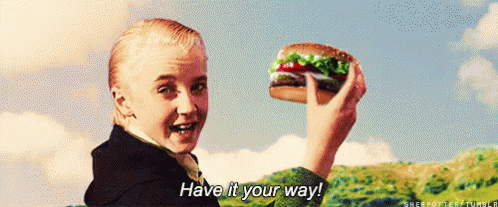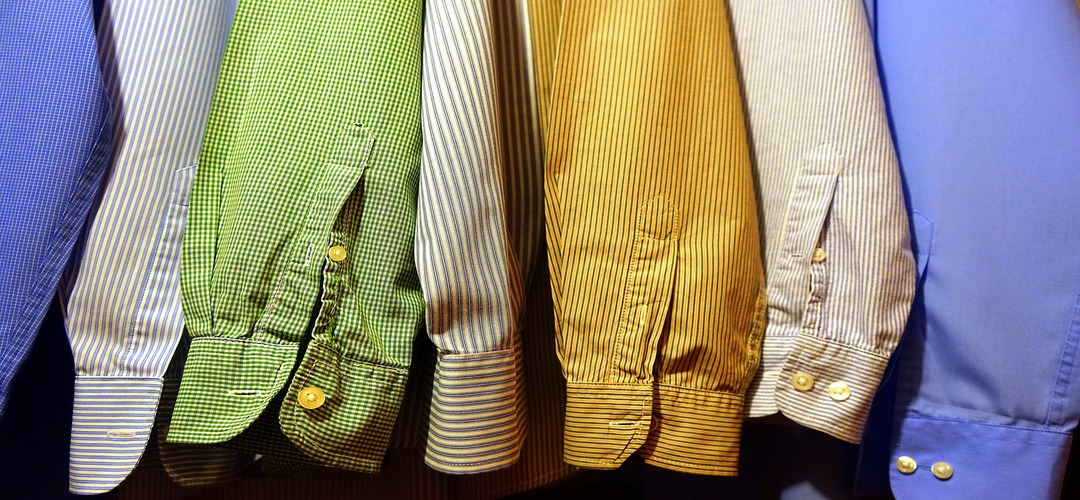The 600-year-old history behind whiskey, whiskey-making, and blending is what perpetuates the celebration of it today.
Since before the prohibition era, and the years after, many of the success stories of liquor and alcohol production, and even bootlegging, involved men who owned and operated the distilleries throughout time.
Prohibition is even thought to be a result of women back in the states deciding on this law – ‘while the boys were away’ – during WWI. Going into effect in 1920, our first ever congresswomen, and only congresswomen who voted for the 18th amendment, Jeannette Rankin.
Women saw an opportunity in the 13 years the law was in play, gaining voting rights with the 19th amendment, through women’s rights with movements like the Suffrage.
Today game-changers are recreating the idea of whiskey and drinking culture entirely, with innovative techniques and processes that enhance the drinking experience.
SpeakEasy
Diageo, the company behind Johnnie Walker and Bulleit Bourbon Frontier Whiskey, hosted a very informative event where they introduced us to the history of Johnnie Walker whiskey and we learned how to blend bourbon.

A Conversation with Craftswomen presented by Jane Walker by Johnnie Walker and Bulleit Bourbon, hosted four unique makers and mixologists to talk about their personal experiences in the spirits industry and how they thrive as women in an industry associated with men.
These women are pioneering whiskey production and are unique and reliable when it comes to their respective posts as makers, blenders and bartenders.

With a proper cocktail hour preceding the two separate courses, patrons were encouraged to become amateur whiskey blenders. Immersed in the experience, taste-testers tried different grades of whiskey, including the new Jane Walker blend, and blending their brand of Bulleit Bourbon, Blenders’ Select, from freshly maturated whiskey, up to 15 years.
The event gave meaning to the distilling process for me and the others, who can afford to skip the thought over drinks.
First Course

The first course was conducted by the master blender, Emma Walker.
A certified doctor and scientist, Emma worked for some time researching, then sought a new job, and found one working at the Johnnie Walker distillery.
She spent a decent amount of time describing the Scottish distilleries where the famed whiskey-making happens, as well as explaining the processes of producing the spirits.

Emma oversees the production of the whiskey to ensure flavor notes. Fermentation, distillation, and maturation are the things that she is keen on when at work, granting her an expert that the Johnnie Walker brand can trust.
Per her lecture, we got to taste the difference in brands like aged whiskey from Cardhu 12, an earthier flavor, and the creamier Single Malt version, as well as Clynelish 14 scotch, a smoky malt.

To top it off, culminating the class was a chance to finally taste Jane Walker whiskey, a blend of scotch and whiskey, aged for ten years. It’s a fruitier taste of ripe orchard and white peaches, finishing with a lingering dark chocolate flavor.
This spirit was a smoother rendition of the classic Johnnie Walker taste.
Second Course

Course number two was held by whiskey blender, Eboni Major.
With only a handful of experience under her belt, she is the go-to at the Kentucky distillery where she works day-in and day-out to maintain the consistency of Bulleit’s flavor throughout the brand’s selection of spirits.
Eboni’s introduction and job description were teased upon entering the room where a mini-lab kit was placed in front of each seat at the tables.

The lab was our very own chance to blend spirits and recreate the classic Bulleit Bourbon flavor. Or, like most of the room, try your hardest to match the flavors and drink in celebration of success and failure.
Test tubes held four types of maturated spirits, straight from the barrels. Each increased in its potency and other distilled processes to enhance or tame the richness of the spirit we were blending.

We took the test tubes and blended away in a beaker. I recall, maybe, one person getting the blend right – approval came from Eboni herself. The rest of us concocted vigorous versions of the popular bourbon – I took mine with me afterward.

Amid the question asking and drink passing, Eboni was kind enough to give us a heartfelt moment where she shed a tear, describing her position as an African American woman in her industry.
She went on to explain how she feels supported by her co-workers and associates. A rare thing in any industry for women of color. The dedication to her work has given great confidence to her company.
So much, Eboni has created the triple bourbon blend, Bulleit Bourbon, Blenders’ Select No. 001, through her deep understanding of the whiskey-making process.
The Whole Gang Is Here

With the event moving from intimate settings to open public, we got the chance to meet two more women pioneering the spirits industry. Lynnette Marrero, a mixology ambassador, and entrepreneur, and the 2019 bartender of the year, Katie Renshaw.

They were joined by Emma and Eboni for a panel talk hosted by Kerry Diamond, founder of Cherry Bombe, a media company that celebrates women in and around the food industry. The evening science lab and distillery soon after turned to a congregation of whiskey aficionados.
Though, knowing that there are real people who make the spirits and alcohols we love to consume, it was a quite refreshing experience to be taught these making and blending processes by a couple of intellectuals who can do more than hold their liquor.
It was also impressive to see that women are pouring themselves into a perceived masculine industry. Distilleries and the spirits industry have been plagued by stereotypes of women as a token to the drinking culture.
Now there is a representation of women whom we (women and men) can look up to for inspiration and celebrate – to drink, responsibly, of course.
Look out for this article on PAGE magazine.












































 FL x AE: Earlier this year the idea of incorporating jerseys into the Players Club NYC runs came about. Because of what the club means to us on a personal level, this was a no brainer.
FL x AE: Earlier this year the idea of incorporating jerseys into the Players Club NYC runs came about. Because of what the club means to us on a personal level, this was a no brainer.















